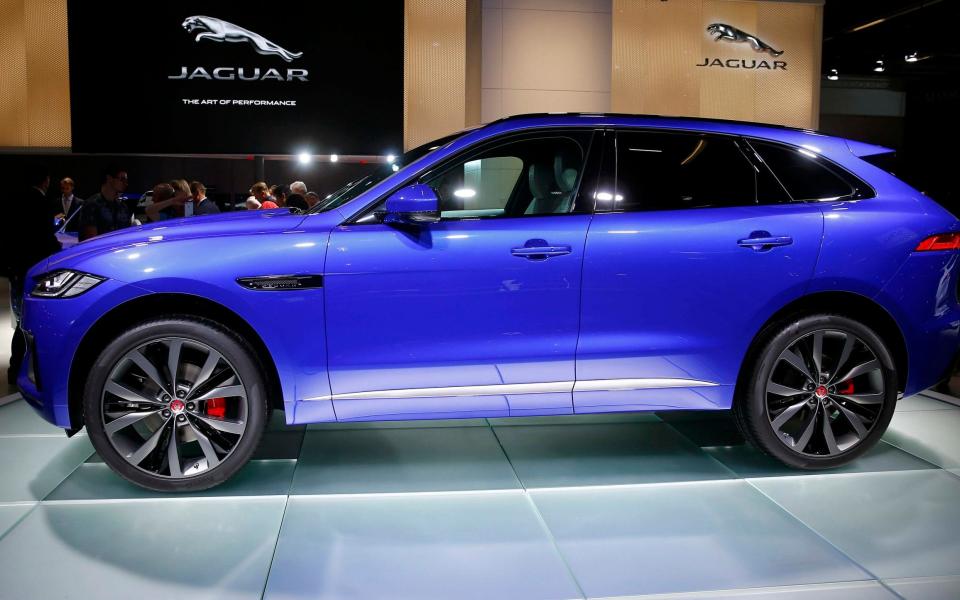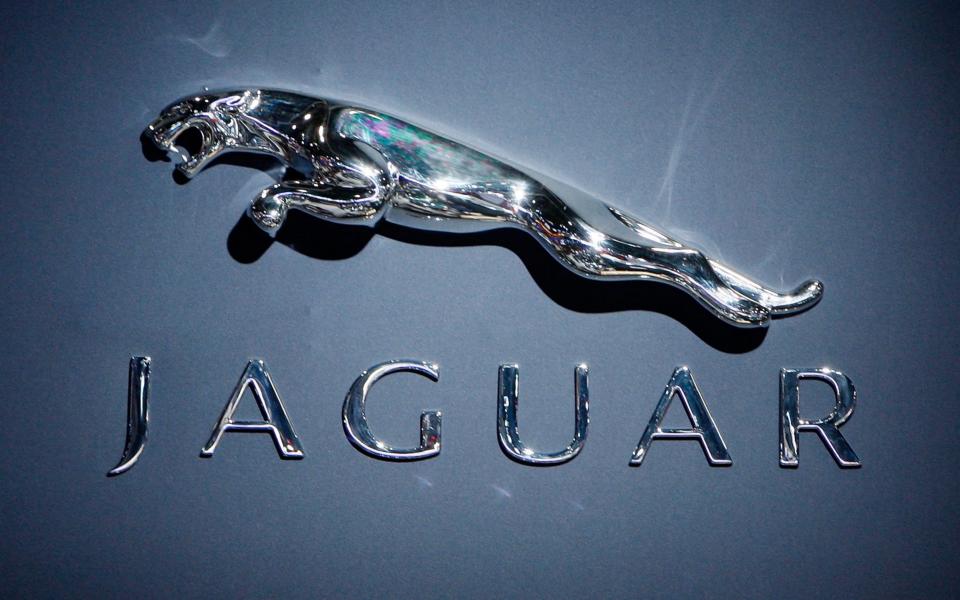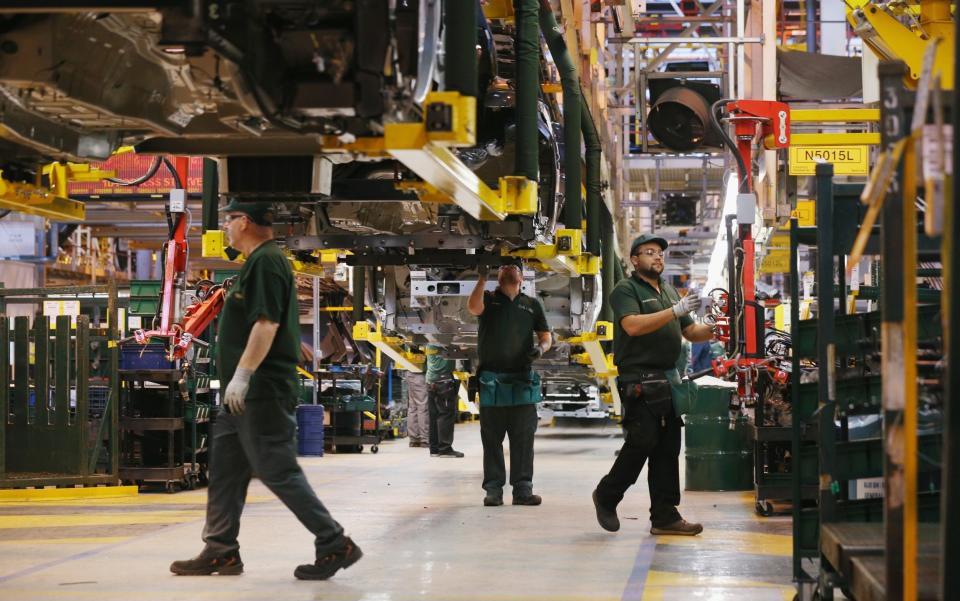Jaguar's first SUV, the F-Pace, drives JLR sales to record levels

Jaguar Land Rover has posted annual revenues of £24.3bn, revved up 9pc by the success of its new F-Pace sports utility vehicle.
The F-Pace is the fastest selling vehicle in the Jaguar’s 95-year history, and breaks new ground for the Coventry-based marque, which previously built saloons and sports cars.

Demand for the F-Pace helped push up sales of Jaguars by 83pc to 172,000 in the year. This helped drive JLR’s total sales - which include the Land Rover off-roaders - to 604,009 vehicles in the year to the end of March.
The Land Rover brand, which makes up the bulk of JLR’s sales, had a flat year, with total vehicle sales rising just 1pc as it faced tough competition and the impact from discontinuing the iconic Defender vehicle. A new Defender model is planned for 2018.
Pre-tax profit rose 3pc to £1.6bn in the year to March 31, some 40pc below the record seen two years ago when strong demand in China helped fuel sales.
Profits were helped by customers purchasing more higher-margin cars. JLR also gained from insurance payouts following a fire at the Chinese port of Tianjin in 2015, which destroyed almost 6,000 vehicles.
However JLR - which produces nearly a third of all cars rolling off UK production lines - was also hit by rising marketing costs as it promotes its growing range of cars, and continued investment in R&D and facilities.

In the last financial year, JLR invested £3.4bn in new models, plants and technology, and the company said it would raise this to £4bn in the coming year.
Ralf Speth, chief executive of what is Britain’s biggest automotive business , said: “These solid results demonstrate the appeal of our products and our ability to deliver strong, profitable and sustainable growth.
“We are continuing to invest significantly in new models and innovation, as shown by the new Land Rover Discovery, the forthcoming Range Rover Velar and all-electric Jaguar I-Pace, reinforcing our commitment to new technologies.”
Major investment plans in the near future include a new plant in Slovakia, which will be operational in 2018.
The company signalled further expansion in its results, with Kenneth Gregor, chief financial officer, adding that JLR was “committed to ambitious growth plans despite seasonal variations in demand and global economic challenges”.
Tata has sunk more than £11bn into JLR in new models, technology and factories since buying it from Ford for £1.5bn in 2008. The profits from JLR have in turn helped prop up the Tata's ailing automotive division.

 Yahoo Finance
Yahoo Finance 